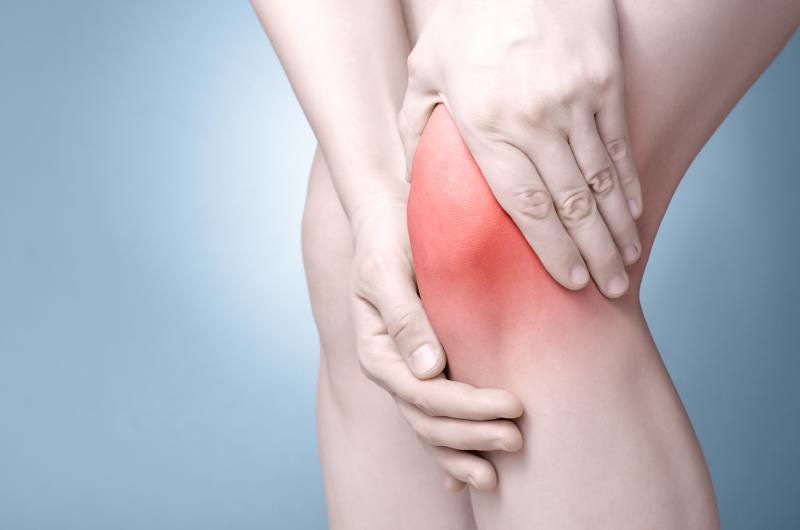
Arthroid meniscoplasty yields good mid-term and long-term repair outcomes in children and adolescents with discoid lateral meniscus, according to a recent Singapore study.
“[W]hile this study represents one of the longer-term studies on the outcomes of lateral discoid meniscus, further follow-up of this group of patients or further longer-term studies are warranted to verify the long-term outcomes [in these individuals],” researchers said, adding that the small sample size and the lack of a control group also raise the need for future investigations.
Twenty-four knees (median age, 14 years; 62.5 percent male) were included and were followed up for 84.0 months; six patients contributed bilateral knee data. Knee pain was the most common complaint for presenting with symptomatic discoid lateral meniscus, reported in 21 knees (87.5 percent). This was followed by clicking or snapping of the knee (n=17; 70.1 percent). [Knee Surg Sports Traumatol Arthrosc 2020;doi:10.1007/s00167-020-05929-2]
The median preoperative Lysholm score, as a measure of the burden of knee-specific symptoms, was 53. Moreover, according to the Ikeuchi knee rating criterion, 15 knees were rated as poor, seven were fair, and only 2 were considered good before the procedure.
During the operation, the Watanabe classification was used to categorize discoid meniscus as complete (type I), incomplete (type II) or Wrisberg ligament-type (type III). The prevalence rates for each type were 29.2 percent, 66.7 percent and 4.2 percent, respectively. Five knees had no meniscal tears. Majority of the knees were treated with partial meniscectomies.
At the final follow-up, the median Lysholm score was 100, up significantly from preoperative values (p<0.001). Ikeuchi ratings were likewise significantly improved (p<0.001), with one knee being rated as good while the rest were classified as excellent.
The procedure also proved to be safe, with no immediate or long-term complications emerging. These included infections, recurrent effusions, arthrofibrosis, severe bleeding or instability of the knee. No rearthroscopies were also reported.
There was also no clear difference in outcomes between patients who underwent meniscoplasty alone or with concomitant meniscal repair or partial meniscectomy. However, the researchers pointed out that “no statistical analysis to compare between the different surgical techniques was performed in view of the small number of patients in each subgroup.”
In routine practice, meniscus-preserving procedures was preferred for discoid lateral meniscus because of “the fear of developing knee osteoarthritis arthritis after meniscectomies,” they explained. The present findings then “prompts the need to review the clinical strategy of attempting meniscal repair.”
In the present study, researchers enrolled patients under the age of 21 years who had undergone arthroscopic meniscoplasty for symptomatic lateral discoid meniscus. Those with neoplastic or infective lesions, or fractures, of the knee were ineligible, as were those who had total meniscectomies. Partial meniscectomy was performed in patients whose meniscal tears were not amenable to repair.